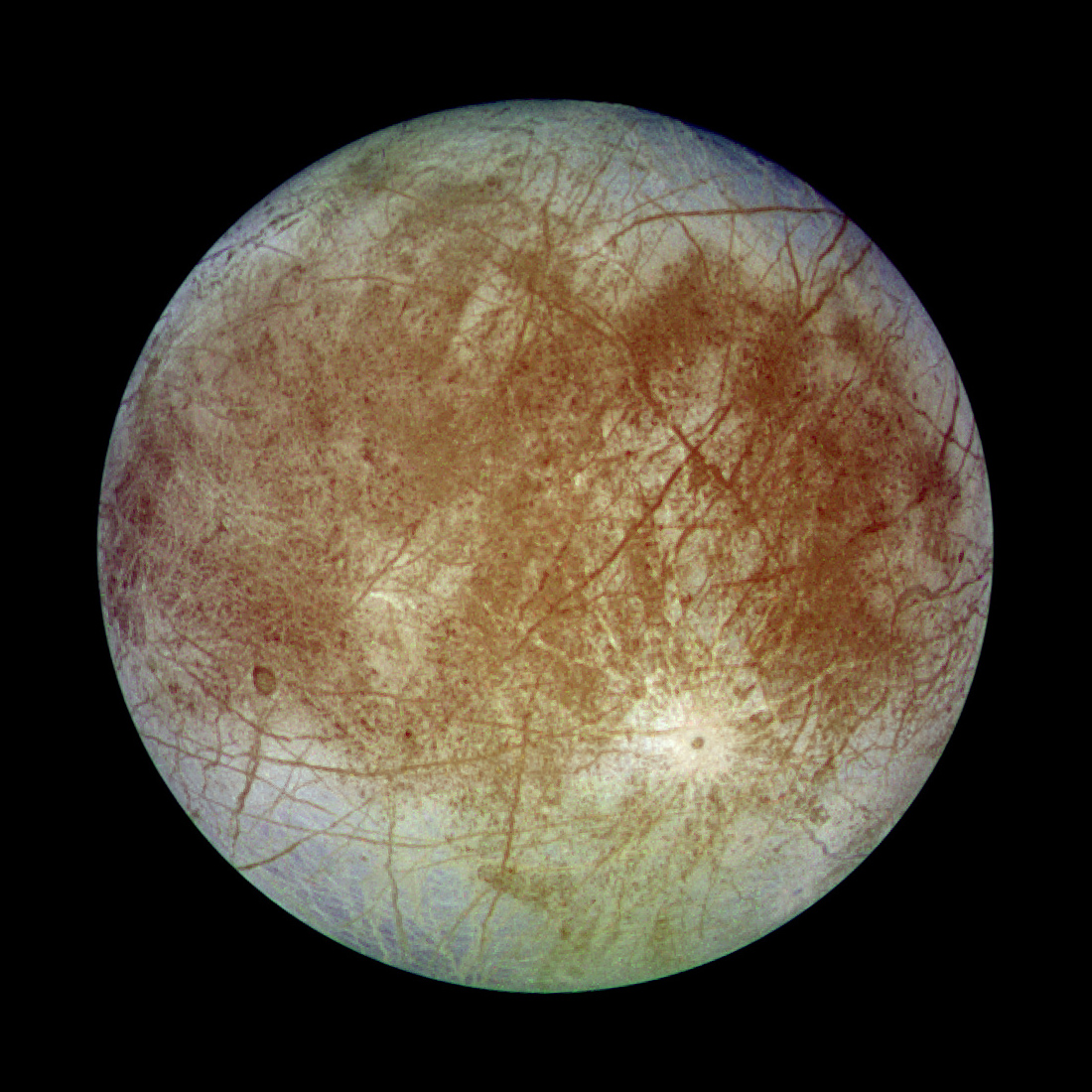
Light scattered from planetary surfaces and atmospheres is polarized while the light of the star is unpolarized. The polarization variations around a planet’s orbit provide information that is complementary to that obtainable using spectroscopy. I will describe how polarization could be used in the future to search for liquid water on extrasolar terrestrial planets by detecting the rainbow scattering from cloud droplets and the “glint” from surface oceans. Such observations should be feasible with proposed space missions such as the Terrestrial Planet Finder-Coronograph and provide a means of detecting habitable planets. I will also describe a new high-sensitivity polarimeter built to search for the polarized scattered light from Hot Jupiter type exoplanets.
 Getting Under Europa’s Skin
Getting Under Europa’s Skin Tracing Formation and Evolution of Outer Solar System Bodies Through Stable Isotopes and Noble Gas Abundances
Tracing Formation and Evolution of Outer Solar System Bodies Through Stable Isotopes and Noble Gas Abundances Photosynthesis, a Planetary Revolution
Photosynthesis, a Planetary Revolution Xenon: King of the Gases
Xenon: King of the Gases